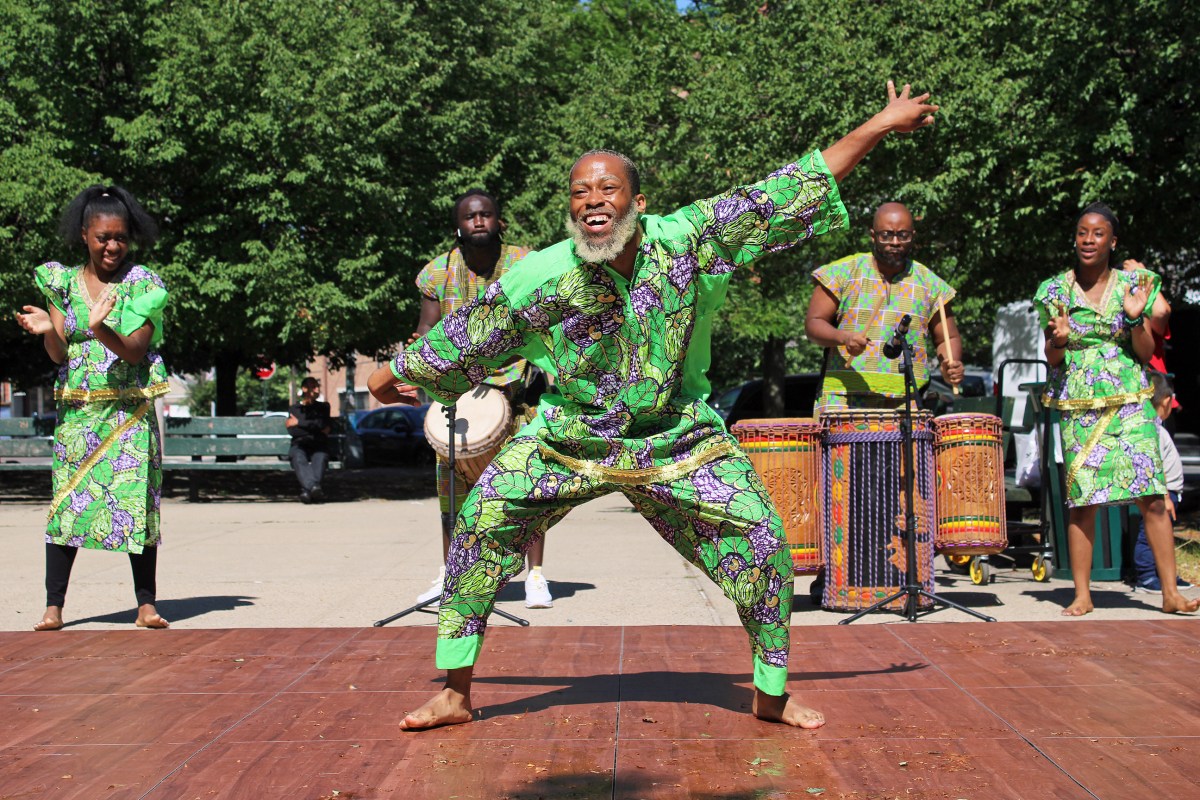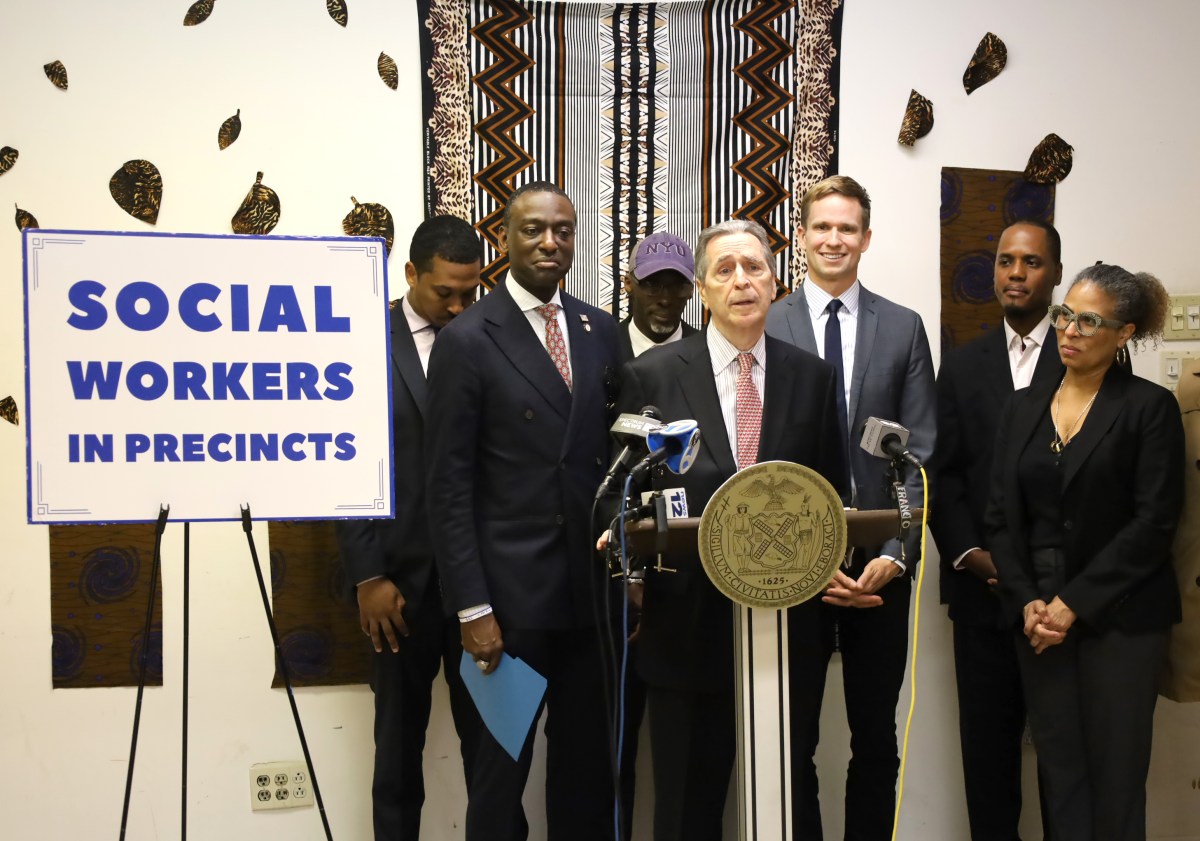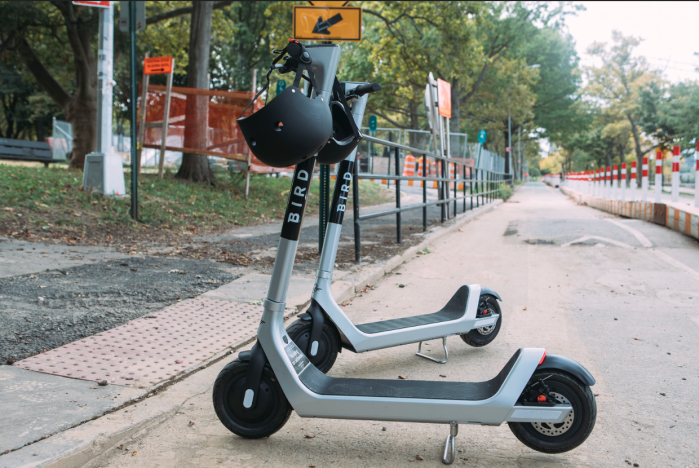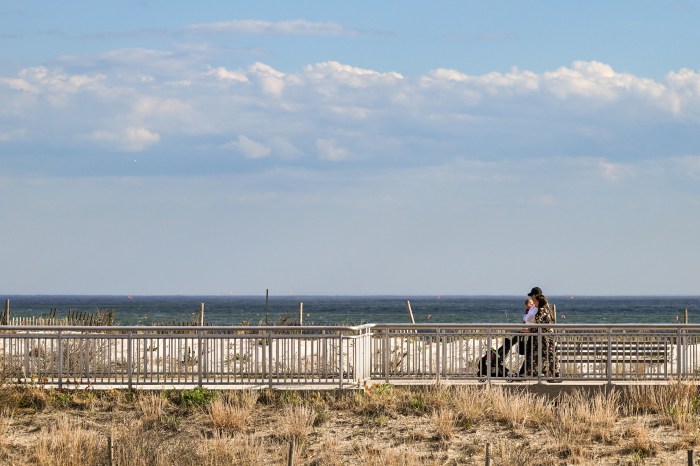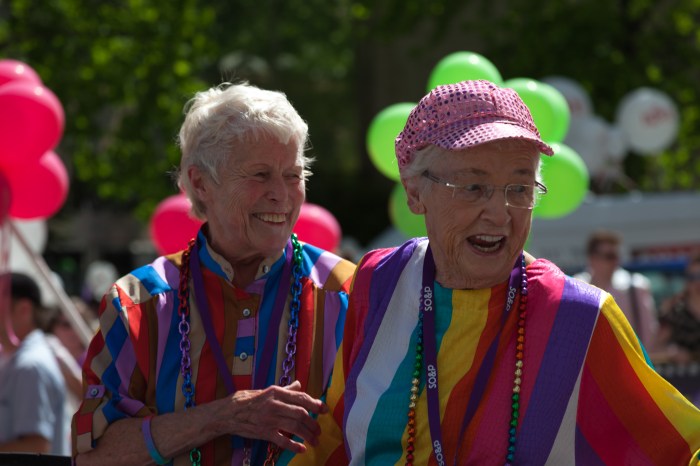According to a New York Times-commissioned analysis of the 2005 Census Survey, the annual income of black households in Queens surpassed that of white households last year but not Asian households, and all three were higher than the country’s median income – $46,000.
“Queens is an upper middle class place more than a mixed income place,” said Andrew Beveridge, Ph.D., a demographer from Queens College, citing neighborhoods like Douglaston Manor, Bayside, Forest Hills Gardens and even Laurelton as some of the borough’s most affluent.
For the analysis, Beveridge examined the U.S. Census Bureau’s 2005 American Community Survey, which was released in August.
Queens County, the study found, was one of very few large counties in the country where the income of blacks was higher than that of whites, and in Manhattan, the results were nearly the inverse of that in Queens – black households in Manhattan earned nearly $60,000 on average less than whites.
The average income for black households in the borough was $51,836, for whites $50,960, for Asians $52,998, and for Hispanics $43,927, the latter of which is lower than the national average. Out of 800,000 households in Queens, about 39 percent were counted as white, 23 percent as Hispanic, 18 percent as Asian, and 17 percent as black.
Beveridge speculated that the income of blacks in the borough was markedly high because an influx of black residents in the 1980s and 1990s to the southeast neighborhoods of the borough has allowed the families to take root, grow in their careers, and pursue higher education, which has been linked repeatedly to higher income.
“If you are a black household [in Queens], often you are family-oriented household,” Beveridge said, explaining that with both parents working, the household income is much higher than with only one parent contributing to the household income. In addition, the average income of married black couples – $78,070 – in Queens was about $4,000 higher than that of whites.
The average incomes for black residents, he said, was most likely lowered by pockets of low-income areas – including housing developments – Queensbridge, Ravenswood, and Astoria Housing – in the northwest section of Queens.
The average income for households in the City’s public housing is about $20,000. The income of public housing residents, he said, probably lowered the average for native-born blacks – $45,864 – as compared to the average income of immigrants – $61,151.
Beveridge said that he also holds the Queens’ proximity to Manhattan responsible for its high income.
“It’s much easier to commute to Manhattan from Queens by taking the E train, which actually runs through southeast Queens, than say take the Long Island Rail Road from someplace in Long Island,” he said.
What was keeping the white income static within the last few years?
Beveridge said that he believed that the average income was lowered by the large number of older whites in the borough, who live on fixed incomes.
The average for white households, in which the head of household was over 65, was $28,232, about $7,000 less than black households headed by a senior citizen.



















